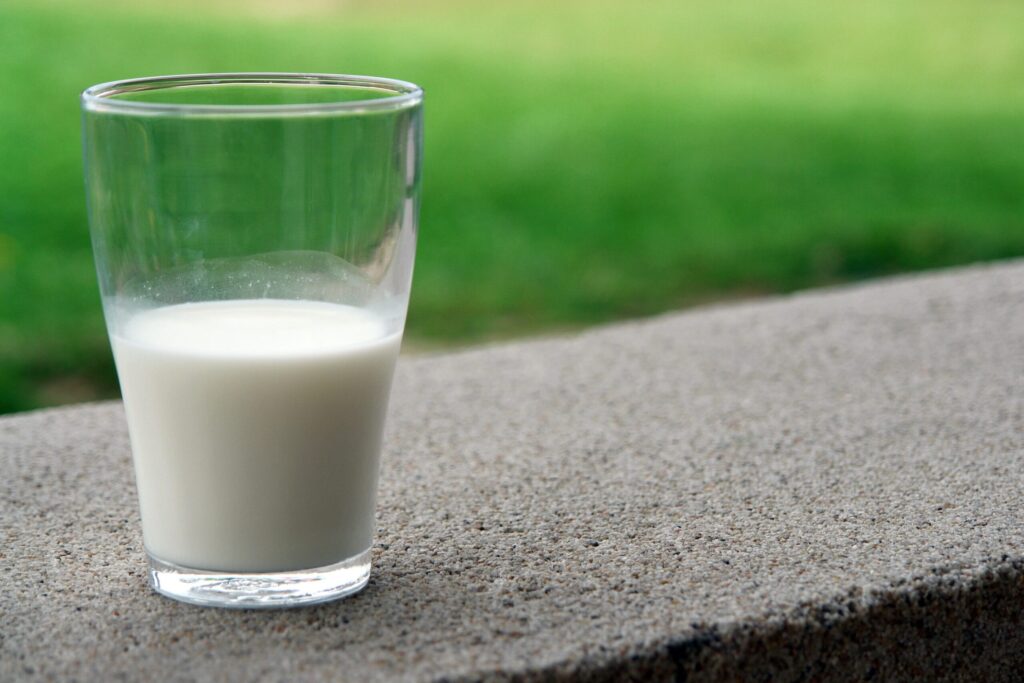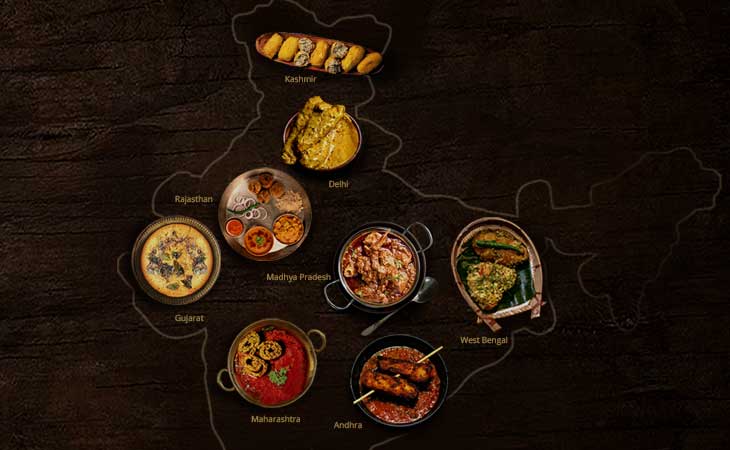India is the world’s largest producer of buffalo and goat milk, with about 22% of the global production. It also has the second-largest cattle inventory in the world. The global dairy market consisting of cheese, butter, yogurt, cream and curdled milk was valued at US $673 Billion in 2018 and expected to be over US $1 Trillion by 2024. Why is it that the US $5.5 Billion Amul, is the first and only Indian dairy company in the top 20 dairy companies of the world?
Why aren’t there many more Indian dairy brands like Amul or Mother Dairy, not just in India but also overseas? Wouldn’t it be great to have Indian dairy brands on the shelves of supermarkets around the world?
A New Zealand based multinational dairy co-operative, Fonterra, for example, owned by around 10,500 farmers from the island country, is responsible for approximately 30% of the world’s dairy exports. With its milk, butter, cheese and ice cream products and with revenues of over US $13 Billion, it is New Zealand’s largest company. It uses food technology, dairy farming expertise, knowledge in managing supply chains, business management, branding, marketing and partnerships. For example, Future Group sells Fonterra’s Anchor brand of butter, cream and cheese.
Growth in the Indian Dairy Sector
However, there are enough reasons for being optimistic about the growth in the Indian dairy sector – rapidly changing demographics, urbanization, changing market conditions in India, and the rising aspirations of a consuming class. The conversion of a commodity product like milk into a valuable brand requires entrepreneurial desire and drive to build successful national and international businesses, an understanding of markets, trends, customers, technology, packaging, branding, talent and modern management practices. The demand side of the milk-to-dairy products value chain needs to be significantly ramped up. And this requires the coming together of a class of dairy entrepreneurs with the experience and expertise to harness the supply chain, enabled by 70 Million Indian dairy farmers, the right kinds of investors, dairy, food and other technologists, policymakers, regulators, domain and functional experts, to create branded products for customer segments in India and around the world. In other words, an ecosystem approach is much needed: one that enables our dairy entrepreneurs to build successful, valuable branded dairy companies.





